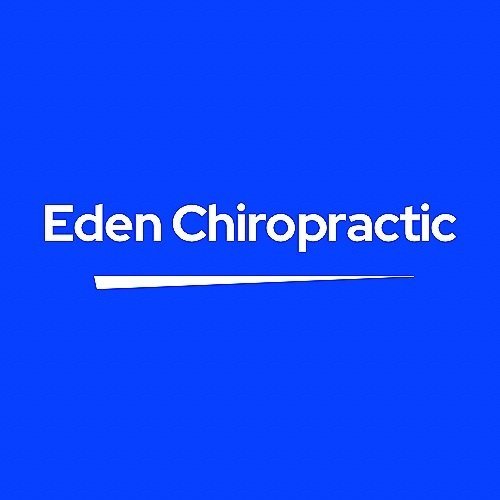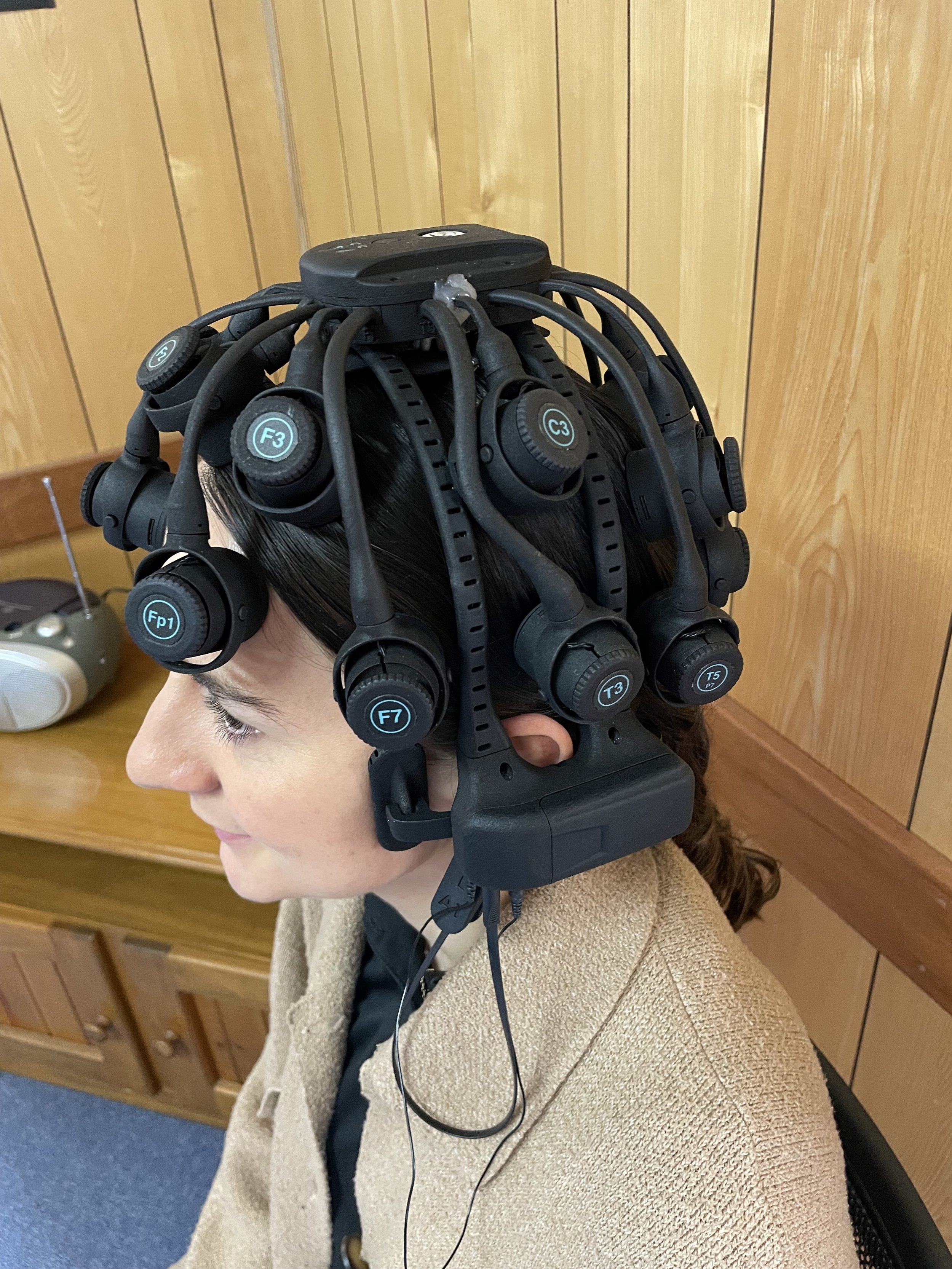Quantitative Electroencephalography (QEEG)
Quantitative Electroencephalography (QEEG), specifically the 19-channel variant, represents a significant advancement in the field of brain wave analysis and neurofeedback for clinicians. Traditional EEG (electroencephalography) records the electrical activity of the brain through electrodes placed on the scalp, providing invaluable data about brain function and pathology and has been an invaluable tool of the neurologist for decades. The 19 channel qEEG data is now being used to quantitatively analyse these electrical patterns, offering a clinically useful and objective assessment of brain activity.
The 19-channel qEEG involves the use of 19 electrodes strategically placed on the scalp, based on the international 10-20 system, a standardised method for electrode placement. This setup provides comprehensive coverage of the brain, enabling the capture of a wide array of neural signals from various brain regions. The recorded data is then digitised and analysed, typically involving complex mathematical techniques like Fourier analysis, to extract quantitative features such as power spectra, coherence, and phase delays. These features offer deep insights into the brain's functional connectivity and synchronisation between different areas.
This technology is revolutionary in its application across various neurological and psychiatric conditions. It aids in the diagnosis and treatment planning for disorders like epilepsy, ADHD, depression, and dementia. Furthermore, 19-channel qEEG is increasingly utilised in cognitive neuroscience research, offering a window into the intricate workings of the brain under various cognitive states and tasks. Its non-invasive nature and rich data output make it an indispensable tool in both clinical and research settings, paving the way for more personalised and effective brain-based treatments and interventions.
We use this equipment in two ways:
1. As a stand alone therapy described below.
2. For obtaining objective comparison assessments before starting “neuro’ treatment and after completing a period of that treatment. These assessments are out-sourced to maintain objectivity.
QEEG and Neurofeedback
The BrainMaster 19 Channel Dry Cap Quantitative Electroencephalograph is a non-invasive method of measuring the electrical signals within the brain. This data is then analysed both in-house and out-sourced to evaluate the efficiency of neural networks.
Using a Neuroscience research system called sLORETA, treatment protocols are individually made to correct or balance the networks that are under or over performing.
The Neurofeedback system helps the brain to more effectively control its own frequencies and bodily functions, allowing it to settle and heal more appropriately compared to being just left to ‘time’.
This ‘training’ of the brain requires multiple sessions to make a difference. Often, when only Neurofeedback is used it can take 20-40 sessions to cause permanent change.
When appropriate we ‘therapy stack’ other treatment modalities also targeting the ‘unbalanced’ brain so the healing process can be achieved faster.
The kinds of conditions that have been well researched to benefit from Neurofeedback are:
Traumatic Brain Injury
Concussion and Post Concussion Syndrome
ADHD and Attention Deficit Disorder
Attention and Focus Difficulties
Migraine Headaches
Chronic Pain
Insomnia and Anxiety There are no known significant side effects of Neurofeedback,
The reports are discussed with each patient.
This equipment also has it’s limitations. The patient must be able to sit very still and watch a TV screen for 20 minutes!


